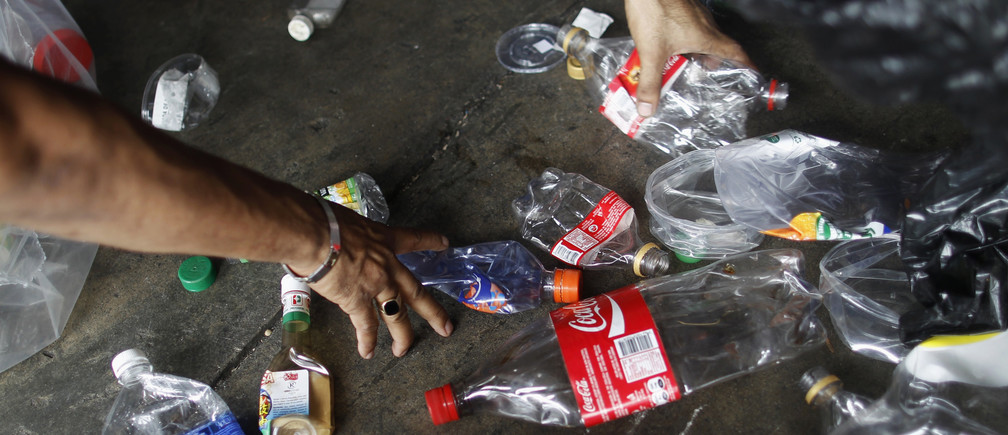There are five trillion pieces of plastic in the world’s oceans, weighing a total of 268,000 tonnes. That’s according to a paper by an international team of scientists who took a substantial amount of data collected across the globe and merged it with ocean circulation models to come up with the staggering figure.
That sounds like a lot of plastic – it is a lot of plastic – but it isn’t distributed quite as most people would imagine.
First of all, the way a Pacific Garbage Patch has been reported by some newspapers is largely a myth. No, you can’t see the garbage patch from space – the “garbage” in question is usually many small particles.
We are told how these plastic particles now outnumber the tiny creatures at the bottom of the oceanic food web, and it all needs to be cleaned up as a priority. It is true that in some areas plastics do exceed plankton. But this generally happens in areas with very few nutrients (oligotrophic) and hence low productivity, and which sit at the centre of large currents which focus debris and create these “patches”.
The plastics in the ocean can remain as recognisable objects – fishing nets, plastic bottles, bags – but much of it mechanically breaks down to small particles, many a fraction of a millimetre across, which explains the large numbers involved. Though previous studies found plastic isn’t restricted to ocean gyres, the latest paper is one of the first to bring the research together to produce a global estimate.
Where does it all go?
The major gyres of the oceans are found in the north and south Atlantic, the north and south Pacific, and in the Indian Ocean. These vast rotating vortices trap surface material at their centres, concentrating any debris.
However, the gyres aren’t closed off and, in the several years it takes a piece of plastic to complete a circuit, there is a 20-30% chance of it spinning out into other parts of the ocean. This results in the increasing levels of plastic beyond the gyres.


